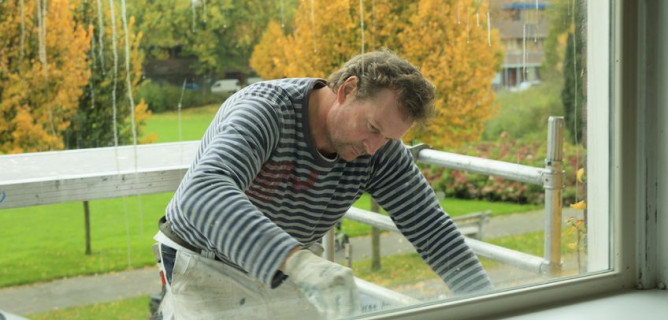 Last winter’s visit from the polar vortex made for bone-chilling blizzards and teeth-chattering temperatures. If this year is anything like the last, drafty homes and high thermostat settings will accompany the freezing weather. Unfortunately, many homeowners get cold feet when it comes to weatherizing their homes, citing various reasons why they don’t just get it done. Here are five common weatherizing myths you should overcome to help you get ready this winter:
Last winter’s visit from the polar vortex made for bone-chilling blizzards and teeth-chattering temperatures. If this year is anything like the last, drafty homes and high thermostat settings will accompany the freezing weather. Unfortunately, many homeowners get cold feet when it comes to weatherizing their homes, citing various reasons why they don’t just get it done. Here are five common weatherizing myths you should overcome to help you get ready this winter:
Myth No. 1: Weatherizing requires a handyman
Hiring a professional to weatherize isn’t necessary. Many easy-to-use weatherization products are available that require minimal – if any – tools, and can be installed in just a weekend.
Myth No. 2: Weatherizing isn’t affordable
Many do-it-yourself weatherizing products are easy on your wallet. Actually, homeowners can potentially save hundreds of dollars per year on their heating (and cooling) costs by properly air sealing their homes and keeping thermostat temperatures low.
Myth No. 3: Weatherize when it’s cold
It’s never too early to weatherize, especially as you prepare for Old Man Winter. For best results, take a top-down approach: Start with the attic, winterize windows, close gaps around and under doors, and hit the walls to tackle hidden sources of energy loss. Be sure to check your home’s nooks and crannies, too.
Myth No. 4: Being cold is just a part of winter
Being cold inside your home may be a sign your house isn’t weatherized properly. One common place to feel drafts is by doors, especially as cracks and gaps can let cold air in and warm air out. Look for insulating seals to stop leaks, like the Triple Draft Seal from Duck brand. A no-nails-needed door bottom, the Triple Draft Seal slides on to prevent drafts from under the door and offers three layers of draft protection: an inner seal helps retain room temperature, an outer seal blocks drafts and the bottom fins help keep out moisture and water.
Myth No. 5: Windows and doors are my only problem
Windows and doors are prime spots for energy loss, accounting for most air leaks and bitter drafts entering your home, but behind-the-scenes sources also should be addressed. Something as simple as insulating electrical outlets and switch plates on exterior walls can create a buffer between the outdoor air and your home’s inside. To prevent drafts even further, don’t forget to check the attic. Attic access openings or pull-down stairs are often overlooked and are actually a big source of energy loss. To combat drafts, use an insulating attic seal, like the patented Attic Stairway Cover from Duck brand. It’s flexible, lightweight, easy to install and repositionable for attic access.
Don’t let these common misconceptions scare you. As it turns out, weatherizing can be an affordable and easy do-it-yourself project. For tips and more information, visit DuckBrand.com/HomeSmart.
Follow Us on Facebook – Twitter – LinkedIn– Google Plus


